At Suzuka on 12 October 2003, Formula 1 witnessed one of its most paradoxical championship moments. Michael Schumacher crossed the finish line in eighth place, nearly a minute behind winner Rubens Barrichello, yet claimed the most significant milestone in F1.
The German had secured his sixth drivers' championship, surpassing Juan Manuel Fangio's seemingly untouchable record that had stood for 46 years.
It was not the fairy-tale ending one might expect from such a momentous achievement. While Barrichello dominated from pole position to chequered flag, his Ferrari team-mate endured what he later described as "probably one of my toughest" races to claim that single, precious point needed to make history.
"The feelings are not there now," Schumacher said after the race. "I can feel for the team but not for me; they have not sunk in yet.
"I am empty, exhausted. It’s very strange for me. Most of my championships I have won with a victory, but here I am winning it with eighth place, so it is a mixed emotion."
Most champions celebrate with champagne and victory laps. Schumacher, meanwhile, sat drained in the Ferrari garage, having just completed what was more like a survival exercise than a coronation.
Viewed by others:
War of attrition
The maths were simple heading into the Japanese Grand Prix. Schumacher held a nine-point advantage over McLaren's Kimi Raikkonen and needed just one point to secure the championship. Yet what should have been a straightforward afternoon became a nerve-shredding ordeal.
Not only did the German qualify poorly, in a lowly P14, but early in the race, he also damaged his front wing and lost his nose cone, forcing him to pit for repairs and dropping him down the order.
The incident left him with a compromised car and the daunting task of clawing back through traffic to reach the points-paying positions.
The drama intensified when his brother Ralf Schumacher's Williams made contact with him from behind at the chicane. Schumacher was left wondering whether his tyres had been punctured, while his younger brother's race was effectively over.
Later, a massive lockup to avoid Cristiano da Matta's Toyota left Schumacher with severe vibrations from a flat-spotted tyre.
"I almost lost vision down the straight because the vibrations were so huge," he recalled, describing how the flat spot affected his car's handling over Suzuka's notorious kerbing.
Meanwhile, at the front, Barrichello was delivering a masterclass performance, leading every lap and keeping Raikkonen at bay.
The Brazilian's victory margin of 11 seconds provided the perfect insurance policy for Ferrari's championship aspirations, but Schumacher could not rely solely on his team-mate's efforts.
Breaking Fangio's Benchmark and a final frontier
By securing that eighth-place finish, Schumacher achieved what many had thought impossible, and the achievement was all the more remarkable given the competitive nature of the 2003 season.
It was Schumacher's fourth consecutive title with Ferrari, cementing the most dominant partnership in the sport's modern era.
The result also secured Ferrari's fifth straight constructors' championship, marking an unprecedented period of Italian supremacy.
The 2003 Japanese Grand Prix marked more than just Schumacher's historic milestone. It was the end of an era in F1 technology, as it was the final race to feature launch control and fully automatic gearboxes.
These electronic driver aids had been a contentious topic throughout the season. Launch control provided optimised acceleration from standing starts, electronically managing clutch engagement and throttle application for maximum efficiency.
Fully automatic gearboxes allowed cars to shift without driver input, with some systems even having pre-programmed gear selections for each corner.
The FIA had announced their intention to ban these technologies as part of broader cost-cutting measures and to restore the principle that "the driver must drive the car alone and unaided."
The motorsport governing body argued that, despite the loss of two Formula 1 teams in recent years — Prost and Arrows — no action had been taken to control spiralling costs.
For teams, the ban represented a significant technical challenge. Engineers would need to develop new systems and strategies, while drivers would have to relearn fundamental skills that had been automated for several seasons.
Farewell performances
The Suzuka weekend also marked the final F1 appearances for two veteran drivers. Heinz-Harald Frentzen, the three-time race winner who had finished second in the 1997 championship, was completing his final season with Sauber after nine years in the sport.
Jos Verstappen, the Dutchman who had competed sporadically throughout the decade, was also making his last Formula 1 appearance.
Few could have predicted that his son Max would one day become a multiple F1 drivers' champion himself, carrying the Verstappen name to heights Jos had never reached.
As Ferrari celebrated, Schumacher remained introspective about his achievement. The exhaustion was evident, both physical and emotional, from a season that had tested him in ways his previous championships had not.
This was not the dominant campaign of 2002 or the strategic masterpiece of 2000. Instead, 2003 had required every ounce of his experience and determination to hold off a resurgent McLaren team led by the emerging talent of Raikkonen.
Also interesting:
Join RacingNews365's Ian Parkes, Sam Coop and Nick Golding, as they look back at last weekend's Singapore Grand Prix! Lando Norris' move on Oscar Piastri is a major talking point, as is Max Verstappen's title chances now being very much alive.
Rather watch on YouTube? Then click here!
Don't miss out on any of the Formula 1 action thanks to this handy 2026 F1 calendar that can be easily loaded into your smartphone or PC.
Download the calenderMost read
In this article
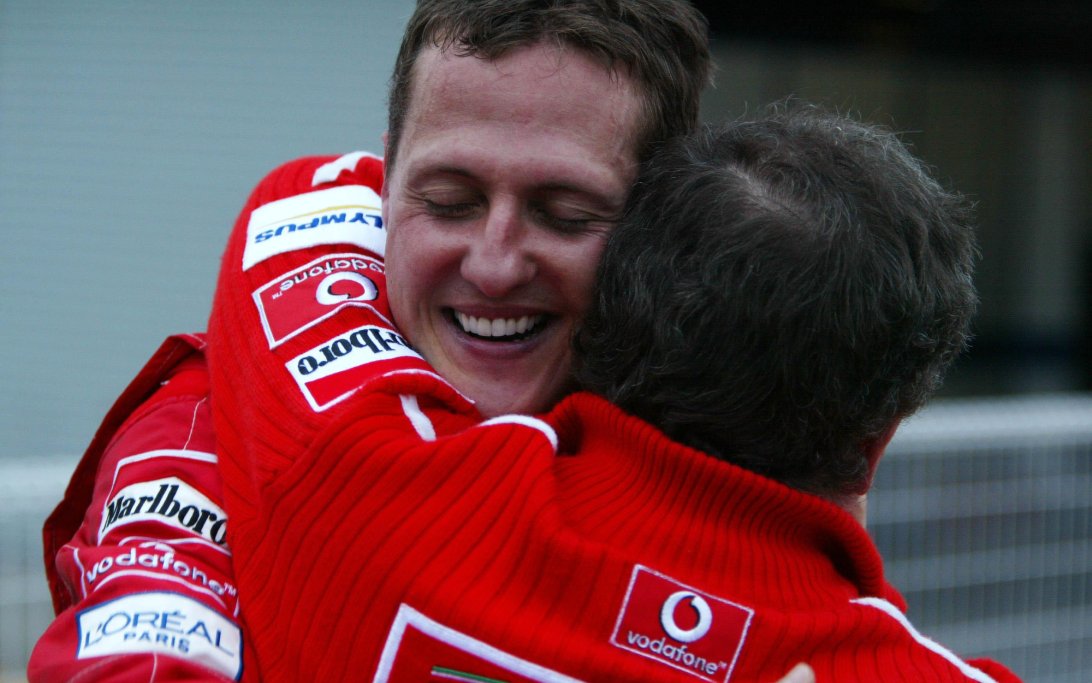
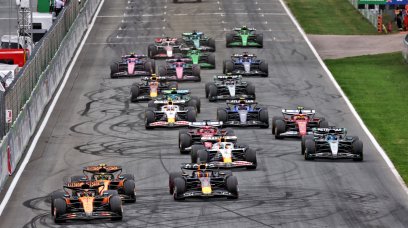
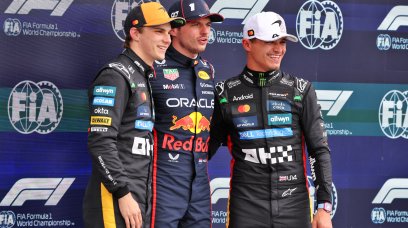
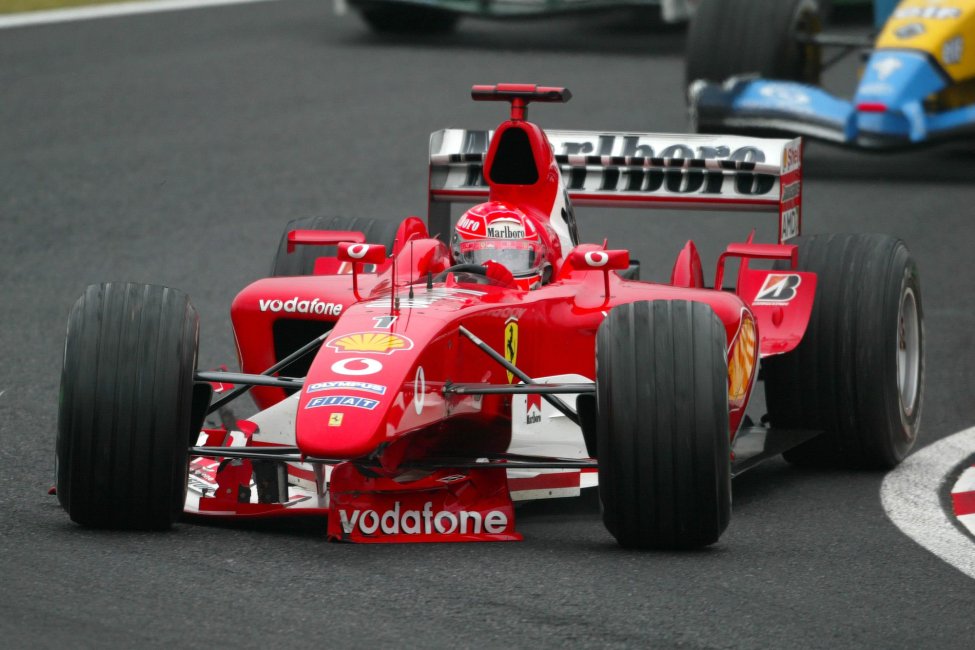
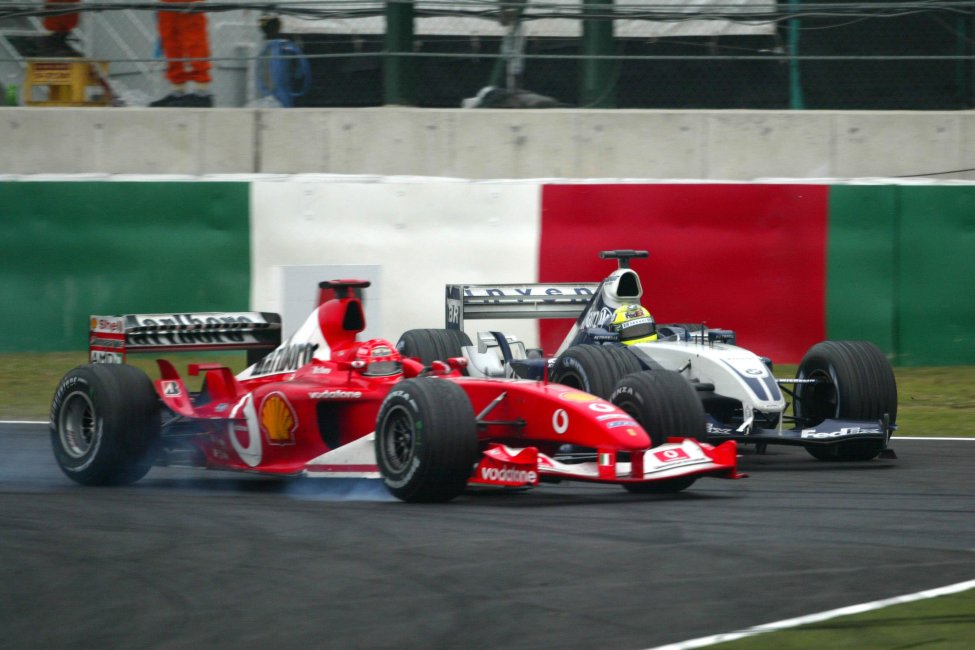


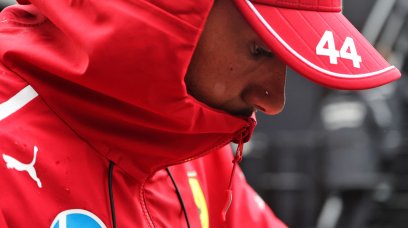
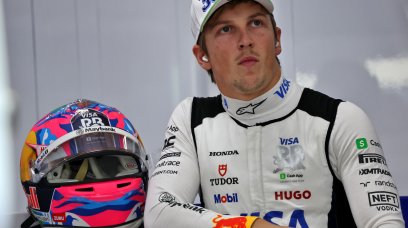
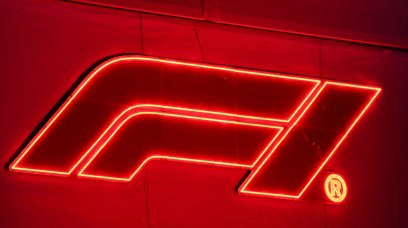
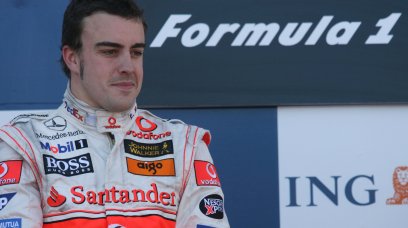
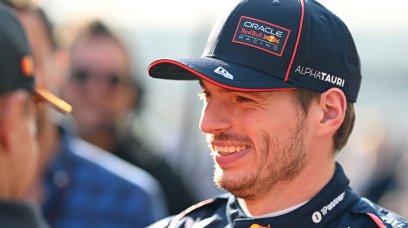
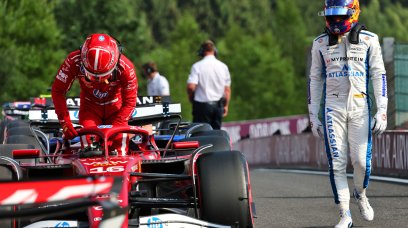
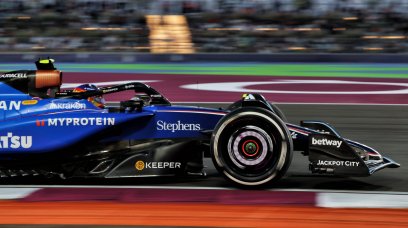
Join the conversation!